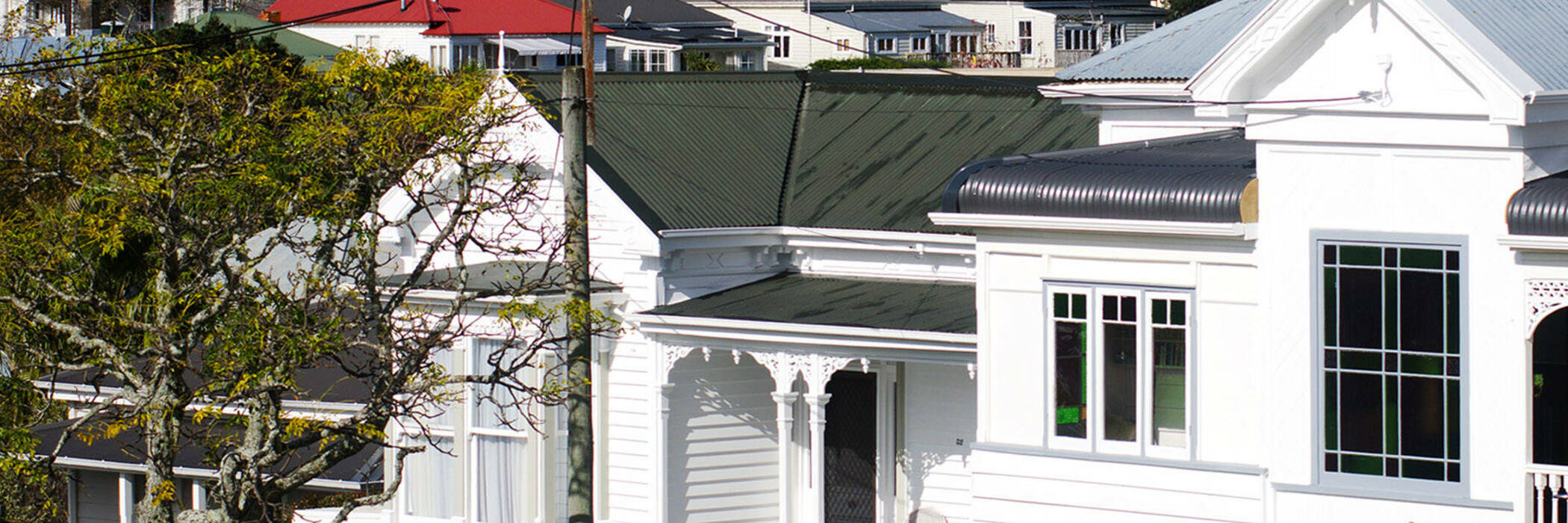
Renter's guide - Windows in rentals
A lot of your hard-earned heat can pour out of windows – even when they’re not open. Here are some simple steps that can minimise heat loss.
A lot of your hard-earned heat can pour out of windows – even when they’re not open. Here are some simple steps that can minimise heat loss.
Your landlord’s obligations:
- Usually responsible for outside cleaning and maintenance tasks which may include windows.
- Make any repairs needed.
As a tenant, you can:
- Complete outdoor cleaning such as window cleaning, which fits in with your responsibility to keep the property reasonably clean and tidy.
- Let the landlord know if anything needs repair
Clean ‘em up

Windows and doors need regular cleaning and maintenance to keep them weatherproof and in good working order. Otherwise they can end up sticking, rotting or corroding.
Regular cleaning also gives you a chance to inspect the windows. Chalking, mould growth, corroded fixings and blocked drain outlets are signs maintenance is needed. It’s your landlord’s job to carry out house maintenance so let them know if you think something needs attention.
Putty and seals
If you’ve got draughts or moisture coming in through closed windows, the putty or seals between the frame and glass could have degraded. Ask your landlord to fix them.
Window insulation kits
Window insulation kits contain a thin plastic film that you stuck on to a window frame with double-sided tape, creating a pocket of air between the glass and the film. A hairdryer is then used to tighten the film.
The film’s specifications say it’ll last for a season – but if treated carefully it could last longer. While it’s effective at reducing heat loss, it can make opening the window difficult or impossible. It also means you can’t clean the window glass on the interior side.
When we tested a 3M secondary glazing kit alongside curtains and other window coverings, it performed well. On a wooden framed-window it was the second best performer behind floor-length thermal curtains with a second layer of polar fleece.
A 2010 Victoria University of Wellington study of payback times for permanent, semi-permanent and temporary secondary glazing options found a window insulation kit paid for itself within a year in Wellington, Christchurch and Dunedin (but not in Auckland).
Be aware that if the paint on the window frame is in poor condition or old, it could rip off when the film is removed.
Tip: Don’t confuse window insulation kits with low emissivity (low-E) window film (another type of secondary glazing). While it’s also a thin film, low-E is stuck directly on to the glass (not to the frame). The film results in heat that’s created inside being reflected back in (but it also blocks some of the sun’s heat from outside). A BRANZ study showed while it reduced heat loss in a home by up to 25%, it was best suited to windows that rarely experienced condensation. This is because low-E film reflects heat, which makes the glass colder, so condensation is more likely to form on it.

A renter's guide to a warmer home
Our free guide provides advice and tips on what you can do to make your home warmer, cosier and cheaper to heat.
Why is this free?
This report is free thanks to funding from the Ministry of Health.
Consumer NZ is non-profit. To help us get a fairer deal for all New Zealand consumers you can become a Consumer member or make a donation. We’ll use your contribution to investigate consumer issues and work for positive change.
Member comments
Get access to comment